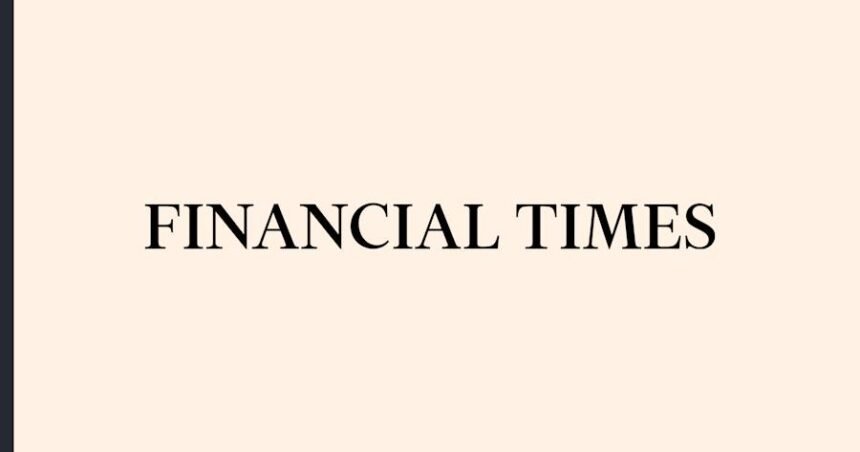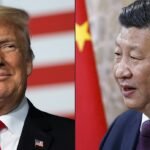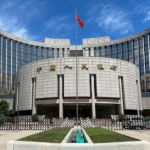In Martin Wolf’s recent op-ed on President Donald Trump’s threat to the global dollar (Opinion, May 21), he correctly points to the shortcomings (at least thus far) of its two major competitors, the euro and the renminbi. He also describes alternative arrangements and finds them wanting, stating that “a world with two or three competing currencies, each dominant in different regions . . . would create unstable equilibria in such a world, as people rush from one currency to another.”
This implies that the financial stability risk of a monetary system composed of multiple competing internationalised currencies would be greater than that of one with a single dominant currency that denominates most cross-border liabilities.
However, in a unipolar monetary system, many countries are likely to experience difficulties as the real and financial cycles to which they are exposed swing out of phase with each other. This would be especially likely if the global economic weight of the issuer of the dominant currency shrinks even as its central bank continues to target purely domestic conditions.
The situation described above is hardly a speculative hypothesis. Rather, it describes the role of dollar liabilities in the Volcker shock of the early 1980s and the impact of the latter on Latin America; the rolling crises that beset countries from Thailand through Argentina at the turn of the century; and the hit to commodity exporters in the 2010s from the combination of a slowing China, the shale boom, and Fed rate hikes.
Conversely, even if the European Central Bank did not immediately rise to the occasion at the height of the Eurozone crisis, it has surely been more stabilising for a Poland deeply embedded in European supply chains to invoice and borrow in euros.
And though the underdevelopment of Chinese capital markets does not yet permit it, it might be better if major commodity exporters could invoice and borrow in the currency of their largest importer, since the dollar typically rises as the world slows and commodity prices fall.
In sum, for all the instability and higher transaction costs that might result from investors rushing from one currency to another in a multi-polar monetary system, the instability currently embedded in unipolar liability structures that do not correspond to real cyclical drivers is arguably even more damaging.
Karthik Sankaran
Senior Research Fellow, Geoeconomics, Global South Programme, Quincy Institute for Responsible Statecraft, Washington, DC, US















